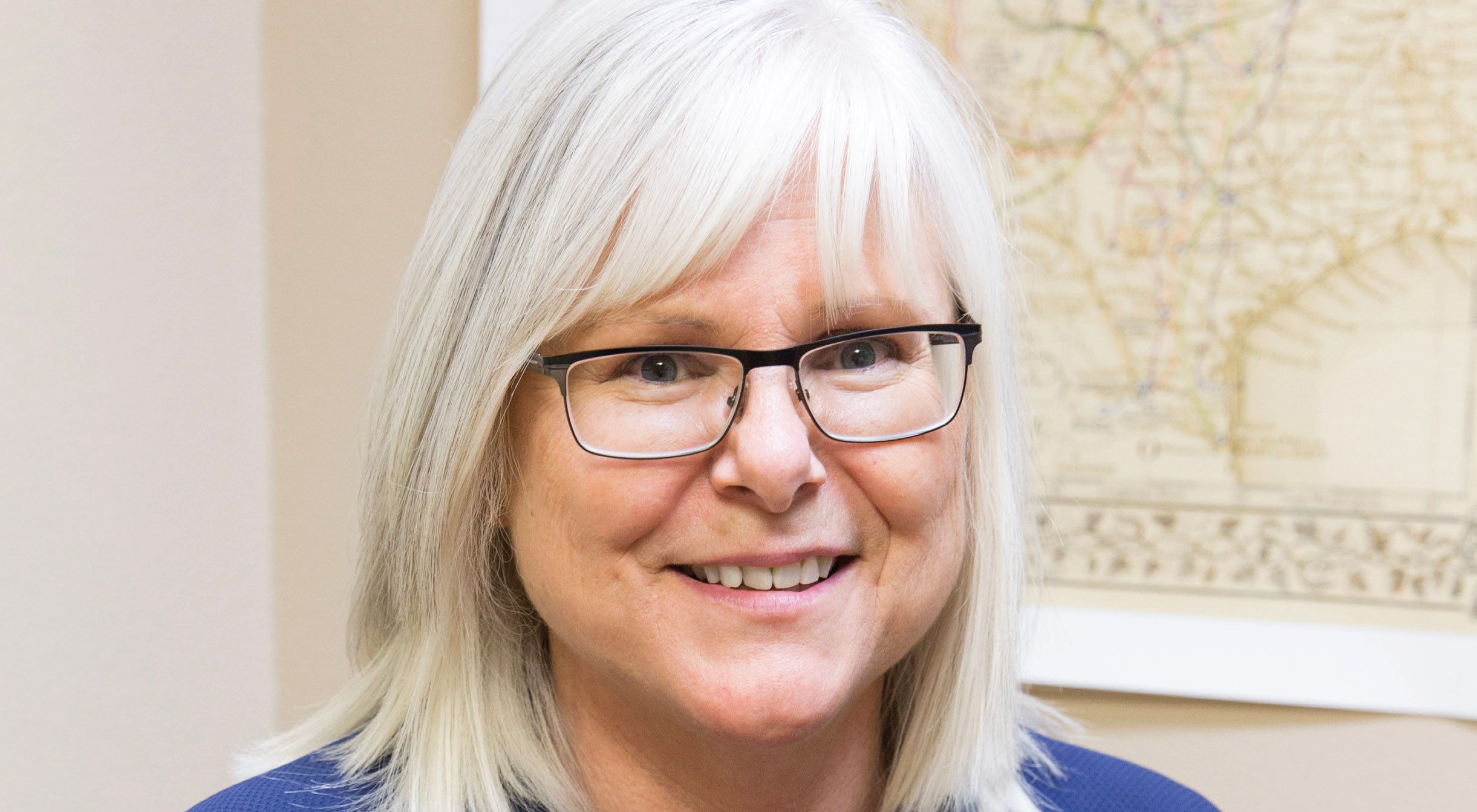Publication
Article
Extraordinary Healer®
An Oncology Pioneer
Author(s):
An Extraordinary Healer essay honoring KATHY IVY, B.S.N., RN, OCN [CHILDRESS REGIONAL MEDICAL CENTER, CHILDRESS, TEXAS]
Kathy Ivy, B.S.N., RN, OCN - PHOTOS BY ERICKA MOORE

Kathy Ivy, B.S.N., RN, OCN - PHOTOS BY ERICKA MOORE
Over 10 years ago, I took a sticky pad and wrote: “I love my infusion nurses. Happy Valentine’s Day!”
Several months later, this was still stuck on the wall. I came to realize that oncology infusion nurses are taken for granted, and only rarely is appreciation expressed by the medical staff for their expertise and dedication and professionalism. Every Valentine’s Day since then, I have chosen to write a clever poem or thoughts in red ink to recognize the infusion nurses.
There is one very important infusion nurse I work with who is not part of my Lubbock clinic. It is time, then, to express my appreciation for an extraordinary healer in Childress, Texas: Kathy Ivy.
“The Big Empty” is the popular name given to a vast circle of Texas that Childress sits on top of and that I drive through at least once a month to visit. The circle has about a 70-mile radius, and the chief geographical feature — the Double Mountains — is in the center. The size of the ranches, scarcity of people and lack of infrastructure are legendary but not unexpected, given the rugged terrain and harsh weather. Imagine a place with two weeks of spring at the beginning of April, starting at freezing and ending in triple digits, followed by 20 weeks of summer, 10 weeks of fall and 20 weeks of winter. Serious wind, thunderstorms, flash floods, hail and wintry mix are all possible out here, but more common are large stretches of drought. The road north from Abilene cuts across the grain, crossing seven rivers before Childress and the Texas part of the Red River before reaching Wellington, but these are all usually low-flow to no-flow, sometimes with no water at all.
Most Texans know Childress simply as a crossroads on the summer route to and from Colorado, because the other road takes the many people of North Texas through the population centers of Wichita Falls — home of the enormous Hotter’N Hell Hundred bicycle race — and Amarillo, of Route 66 fame, before hitting the mountains. My hometown is Abilene, and Kathy’s life has taken her to all the other places, beginning in Wellington.
Wellington was a declining town of about 3,000 on a road less traveled when Kathy was born into a large farming family — three daughters and six sons. In Kathy’s own words, she “thought the world” of her aunt, a nurse, and somehow, after having children, she found the time to study in Wichita Falls and get her degree.
Being thrown into the night shift on an oncology floor was “overwhelming,” she says, but she “loved the patients,” and after some different nursing experiences over a number of years, she returned, this time to a dedicated oncology unit in Amarillo. Two years later, in 2004, she became certified in oncology. She had great teachers, both nurses and physicians, and experienced the full spectrum of oncology care. Some of her patients who were treated with hematopoietic stem cell transplantation are still alive and well today.
The downside was that her husband was working as a ranch foreman, and Amarillo was quite a distance away. Luckily, circumstances led her to the Childress Regional Medical Center, where administration had actually been trying to step into the shallow end of the oncology pool for some time but just did not have the right people to make a start. Even though Kathy was at the hospital just once a week, her talent did not go unnoticed, and in December 2012, she accepted a role dedicated to launching oncology services in Childress and left her position in Amarillo.
Kathy is a true pioneer woman of oncology, having started a program far away from cancer centers and beginning with few resources. There was an initial news event before my partner started his monthly visits in March 2013, but even now, plenty of people in this region find out about us after months of long-distance therapy elsewhere. When I started in November 2014, the usual monthly clinic on Thursday was about four hours and has been exploding ever since.
Our clinic offers adult outpatient oncology services and sees four kinds of patients — those on IV chemotherapy, targeted therapy or immunotherapy; those on pill therapies; survivors who are not on therapy; and various hematology patients. Since I’m not there on most days, Kathy is the one contacting me and giving me candid assessments on how the patients are doing, leading to various modifications of care.
Kathy has been able to provide a special kind of friendship that includes hugs, expert care and words of instruction and encouragement. Most of our patients are extremely appreciative of the care they receive, but Kathy also maintains her helpful attitude with those who are resistant to her help. She even is out sometimes on holidays and weekends, if needed, to get things done. Kathy is an amazing professional.






